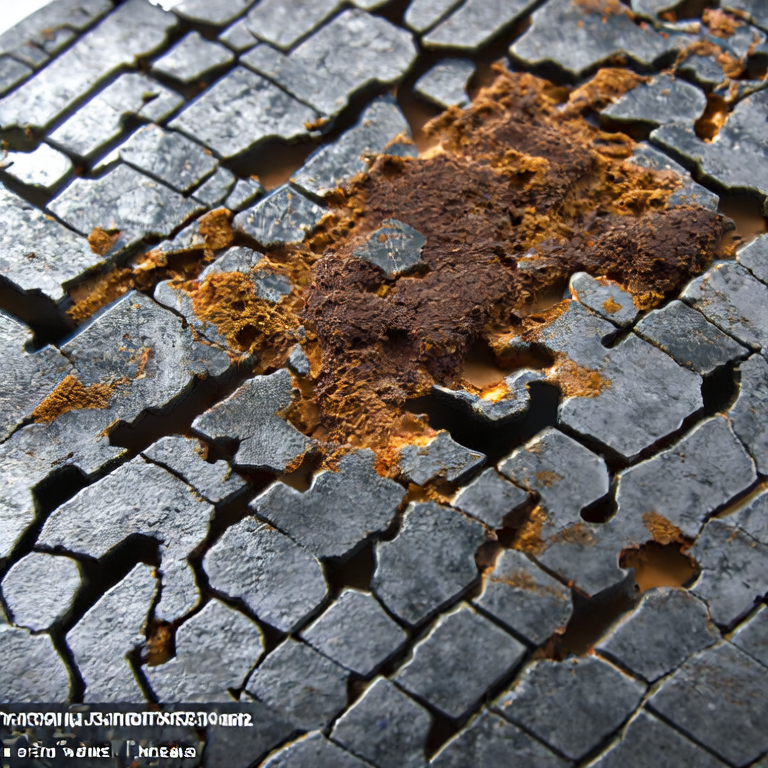Whether you are a clad plates supplier or an industry professional, understanding the common failure modes of clad plates can significantly enhance your project outcomes. Clad plates, engineered composites comprising a base metal and a cladding layer, aim to combine the best properties of both materials. However, issues such as delamination and corrosion can severely affect their performance in critical applications like shipbuilding and oil and gas pipelines. This article explores these issues in depth, providing solutions tailored to various scenarios while incorporating actionable insights to prevent clad plate failures.
Before diving into the failings of clad plates, it’s essential to familiarize ourselves with relevant terminology and principles. Clad plates typically consist of base metals and cladding materials, designed to improve physical, chemical, and thermal properties. The bonding process, critical for ensuring integrity, leverages mechanical bonding or diffusion bonding techniques. Knowing the background of clad plates helps illuminate why certain failure modes occur.
Choosing the right base and cladding materials is crucial. It’s vital to match the corrosion resistance of the cladding with the operational environment. Utilizing KLS\'s materials database can streamline the process by providing insights derived from over 1,000 tested composites, enhancing your selection efficiency.
During the bonding process, maintain a consistent temperature and pressure setup. Studies have shown that adhering to the recommended bonding temperatures between 880°C and 1,600°C results in a 30-40% enhancement in bond strength compared to unregulated conditions.
Implement Non-Destructive Testing (NDT) methods like ultrasonic testing and X-ray imaging on a quarterly basis. These techniques can identify delamination or cracks, which might otherwise go unnoticed until failure occurs.
Using protective coatings can enhance corrosion resistance. Research indicates that applying epoxy coatings could potentially increase lifespan by up to 50% in harsh marine environments.
Establish regular maintenance schedules that include cleaning and reapplying protective coatings when necessary. Evidence shows that equipment operating under maintained conditions can reduce failure rates by as much as 27%.
For instance, one major oil and gas company implemented KLS clad plates in its pipeline systems, resulting in a 20% decrease in maintenance costs within the first year. Additionally, a shipbuilding firm reported a seamless transition from traditional plate materials to clad plates, yielding a 15% increase in hull integrity ratings.
Clad plates combine the best properties of different materials, offering improved corrosion resistance, strength, and cost-effectiveness.
Focus on regular inspections, proper material selection, and maintain consistent manufacturing conditions to enhance durability.
Conduct immediate NDT inspections and consult with a clad plates supplier like KLS for fast remediation actions.
For deeper insights, explore articles on clad surface metallurgy and review studies such as “Corrosive Environments’ Impact on Clad Materials.” These resources can flesh out the information presented, aiding in the understanding of complex interactions between clad plates and corrosive elements.
In conclusion, preventing common failure modes in clad plates is an achievable objective through systematic measures spanning material selection to meticulous maintenance processes. Incorporating practices outlined in this guide could yield measurable benefits in performance and cost. For further assistance or product inquiries, consider reaching out to KLS, your reliable clad plates supplier, for specialized solutions tailored to your needs.
